When people recovering from addiction leave residential treatment, finding a safe and secure place to live is crucial. This can be difficult; there is a link between homelessness and harmful substance use, and many people with substance use problems do not have a stable living environment to return to (1).
For young people, especially those with mental health concerns, finding a stable home can be challenging. This can be an obstacle to staying well after treatment. The longer a person is homeless, the more likely they are to use drugs or consume alcohol at risky levels (1).
This is one of the benefits of Aftercare, a program that provides young people with support after they leave residential rehabilitation. Aftercare Workers help young people to find safe housing that will enable them to have a ‘liveable life’ in the long term.
Housing is essential for a liveable life
One way of describing the goal of helping young people with substance use problems is that of providing them what they need for a ‘liveable life’ (2). This means they are able to live, work, and participate in everyday life the way they would like to.
Having a home is essential for young people to take part in everyday life. For people recovering from addiction, finding somewhere new can be important to their recovery, particularly if their previous living situation has been unstable.
Aftercare Workers can provide formal support with finding somewhere to live, but some of the most invaluable support is the help with the informal parts of housing. For example, the skills to maintain relationships with family, flatmates and landlords are critical. Aftercare Workers can help to develop these skills, and give advice to young people as they navigate a new environment with new people.
Secure, safe and affordable housing enhances recovery for people with substance use problems, and protects against relapse, re-hospitalisation and homelessness (2). It is a vital part of a smooth path to recovery.
References
*Stock image used







